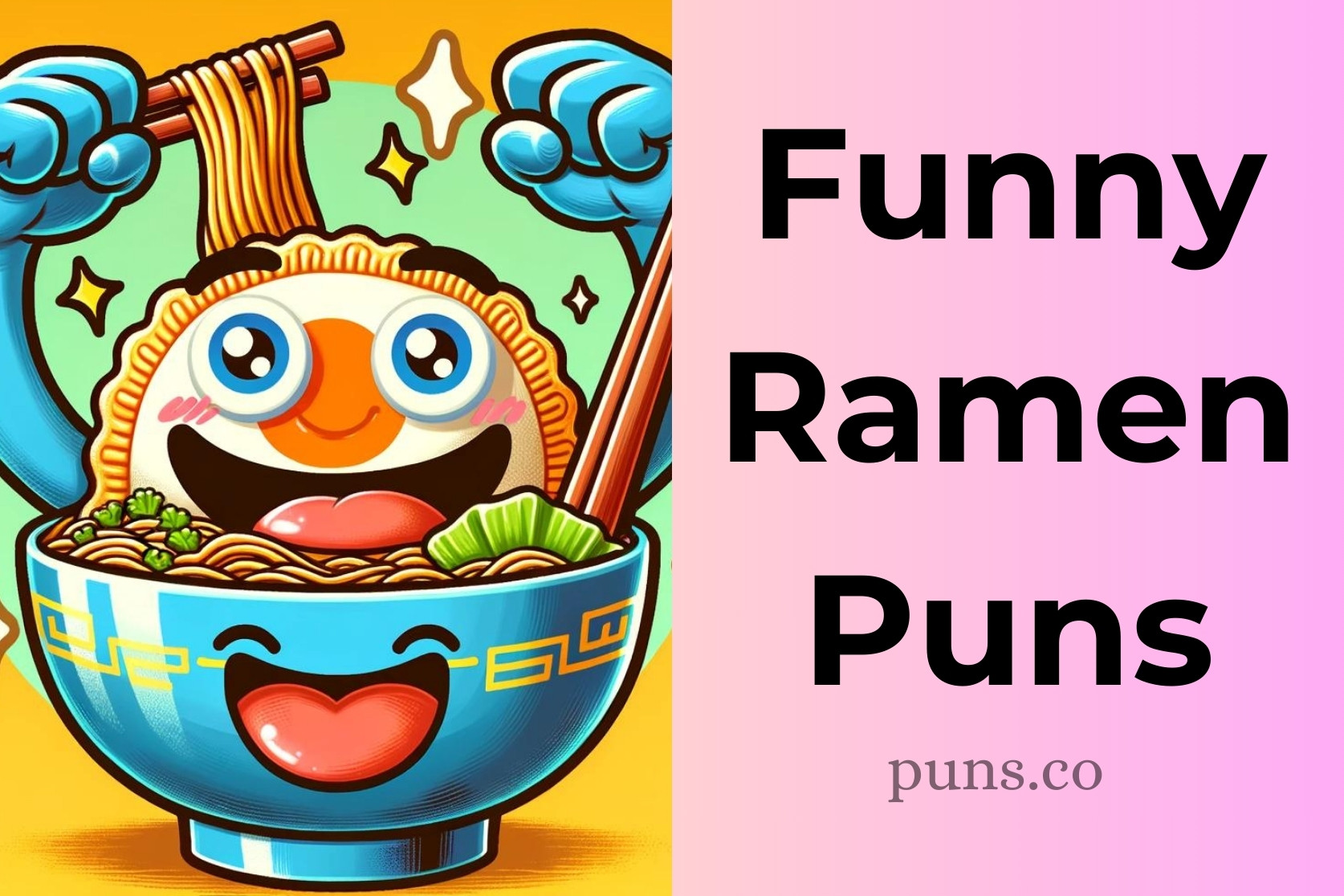Ramen Bacteria Outbreak: The Hidden Danger In Your Favorite Noodle Dish
Imagine this—you're having a cozy night in, and nothing feels better than slurping down a steaming bowl of ramen. It's cheap, it's quick, and it's oh-so-delicious. But wait—what if that comforting bowl of noodles could actually be harmful? The recent ramen bacteria outbreak has sent shockwaves across food lovers worldwide, and it's time to dig deeper into this alarming issue.
Ramen has been a staple in kitchens all over the globe for decades. Whether you're grabbing a packet from the grocery store or indulging in a gourmet bowl at your favorite Japanese restaurant, ramen is undeniably a go-to comfort food. But recently, reports of a ramen bacteria outbreak have surfaced, raising serious concerns about food safety and hygiene. What exactly is this outbreak, and how can it affect you? Let's dive in.
Food safety isn't just a buzzword; it's a necessity. With the rise of global food production and distribution, contamination risks have skyrocketed. The ramen bacteria outbreak is just one example of how even the most innocent-looking meals can harbor hidden dangers. So, are your favorite noodles really as safe as you think? Let's find out.
- Is David Muir Gay Unveiling The Truth Behind The Rumors
- Cameron Dallas Nude The Truth Behind The Controversy And What Fans Need To Know
What is the Ramen Bacteria Outbreak?
The ramen bacteria outbreak refers to a series of incidents where harmful bacteria have been found in ramen products. These bacteria, such as Salmonella and E. coli, can cause serious health issues if consumed. While the outbreak primarily affects mass-produced instant ramen, even homemade and restaurant-prepared ramen isn't completely immune.
Here's the kicker—most people don't even realize they're at risk. Instant ramen, often seen as a quick and easy meal, is processed and packaged in ways that make it susceptible to contamination. And let's not forget, many of us don't cook it properly, leaving room for bacteria to thrive.
How Did the Outbreak Start?
The origins of the ramen bacteria outbreak trace back to poor manufacturing practices and inadequate quality control. In some cases, factories producing instant ramen fail to maintain proper hygiene standards. Combine that with the long shelf life of these products, and you've got a recipe for disaster. Imagine biting into a packet of ramen that's been sitting on a shelf for months—yikes!
- Nelly Net Worth How The King Of Rap Hustle Built His Empire
- Pete Davidson Girlfriend The Ultimate Guide To His Love Life And Relationships
But it's not just the production process that's to blame. Distribution and storage also play a huge role. If ramen isn't stored in the right conditions, bacteria can multiply rapidly, turning your favorite snack into a potential health hazard.
Why Should You Care About Ramen Safety?
Here's the deal—ramen isn't just a casual snack anymore. It's become a cultural phenomenon, with entire restaurants dedicated to perfecting the art of noodle-making. But with great popularity comes great responsibility. If you're consuming ramen regularly, you need to be aware of the potential risks involved.
Foodborne illnesses are no joke. Symptoms can range from mild stomach discomfort to severe dehydration and even hospitalization. And let's not forget the long-term effects on your health. So, whether you're a die-hard ramen fan or an occasional eater, it's crucial to stay informed.
The Stats Are Alarming
- According to the World Health Organization, over 600 million cases of foodborne illnesses occur globally each year.
- In 2022 alone, several major ramen brands recalled their products due to contamination concerns.
- Studies show that improper cooking is one of the leading causes of foodborne illnesses related to ramen consumption.
These numbers are more than just statistics—they're a wake-up call for anyone who loves ramen. The next time you reach for that packet of noodles, take a moment to consider where it came from and how it was prepared.
How Can You Protect Yourself?
Now that you know the risks, let's talk solutions. Protecting yourself from the ramen bacteria outbreak doesn't mean giving up your favorite dish altogether. It just means being smarter about how you consume it. Here are some tips to keep you safe:
1. Cook It Properly
Cooking ramen thoroughly is your first line of defense against harmful bacteria. Boiling the noodles for the recommended time ensures that any lurking germs are killed off. Don't rush the process—your health is worth the extra minute or two.
2. Check Expiration Dates
It may seem obvious, but checking expiration dates is a simple yet effective way to avoid contaminated food. If your ramen has been sitting in the pantry for too long, it might be time to toss it out.
3. Buy From Reputable Brands
Not all ramen is created equal. Stick to trusted brands that prioritize quality and safety. A little research goes a long way in ensuring that your noodles come from a reliable source.
Understanding the Science Behind Bacteria in Ramen
So, what exactly causes bacteria to thrive in ramen? To answer that, we need to dive into the science of food preservation. Ramen, especially the instant variety, is often processed using high heat and dehydration techniques. While these methods help extend shelf life, they can also create an environment where certain bacteria can survive.
Additionally, the ingredients used in ramen—such as spices, oils, and flavor enhancers—can act as breeding grounds for bacteria if not handled properly. This is why strict quality control measures are essential in the production process.
Common Bacteria Found in Ramen
- Salmonella: Known for causing severe gastrointestinal issues.
- E. coli: Can lead to symptoms like diarrhea, vomiting, and fever.
- Listeria: Particularly dangerous for pregnant women and individuals with weakened immune systems.
While these bacteria may sound scary, the good news is that proper cooking and storage can significantly reduce the risk of contamination.
Can Gourmet Ramen Be Safer?
If you're wondering whether gourmet ramen is any safer than the instant variety, the answer is yes—sort of. Gourmet ramen is typically made fresh and served immediately, reducing the chances of bacterial growth. However, the quality of the ingredients and the hygiene of the kitchen still play a crucial role.
When dining out, always choose restaurants with good hygiene ratings and a reputation for quality. And if you're making ramen at home, stick to fresh ingredients and avoid pre-packaged options whenever possible.
DIY Ramen: The Safest Option?
Making your own ramen from scratch might seem like a lot of work, but it's one of the best ways to ensure safety. By controlling every step of the preparation process, you can minimize the risk of contamination. Plus, homemade ramen tastes infinitely better than the store-bought kind—trust me on this one!
Government Regulations and Ramen Safety
Governments around the world are stepping up efforts to combat foodborne illnesses, including those caused by ramen bacteria. Regulatory bodies like the FDA and WHO have implemented stricter guidelines for food production and distribution. These regulations aim to ensure that every packet of ramen you buy meets the highest safety standards.
But enforcement is only part of the equation. Consumers also have a responsibility to stay informed and make smart choices when it comes to food safety.
What Are the Authorities Doing?
- Regular inspections of food processing facilities.
- Recalls of contaminated products.
- Public awareness campaigns about food safety practices.
These measures are essential in preventing future outbreaks and protecting consumers from harm. But remember, the ultimate responsibility lies with each of us to be vigilant about what we eat.
Conclusion: Stay Safe, Stay Informed
Ramen bacteria outbreak might sound like a distant concern, but it's closer to home than you think. By understanding the risks and taking proactive steps, you can enjoy your favorite noodles without compromising your health. Whether you're cooking at home or dining out, always prioritize safety and quality.
So, what's next? Share this article with your friends and family to spread awareness. And don't forget to check out our other articles on food safety and healthy eating. Together, we can make a difference—one bowl of ramen at a time!
Table of Contents
- What is the Ramen Bacteria Outbreak?
- Why Should You Care About Ramen Safety?
- How Can You Protect Yourself?
- Understanding the Science Behind Bacteria in Ramen
- Can Gourmet Ramen Be Safer?
- Government Regulations and Ramen Safety
- Conclusion



Detail Author:
- Name : Ellen Gulgowski
- Username : lkohler
- Email : gbashirian@hotmail.com
- Birthdate : 2007-03-18
- Address : 42374 Don Villages New Wilbert, MS 37894
- Phone : 619-216-6025
- Company : Little, Dibbert and Rohan
- Job : Gas Appliance Repairer
- Bio : Officiis deserunt soluta facilis soluta repellendus modi expedita. Fugiat quidem labore quo dolores eum inventore. Itaque soluta exercitationem voluptas quidem.
Socials
facebook:
- url : https://facebook.com/jacinthedibbert
- username : jacinthedibbert
- bio : Est recusandae non sed eos neque. Ut ex quaerat officiis.
- followers : 1581
- following : 20
instagram:
- url : https://instagram.com/jacinthe2325
- username : jacinthe2325
- bio : Provident fugit dolorum enim voluptate. Ut mollitia ut non et voluptas vel fuga.
- followers : 4307
- following : 281
twitter:
- url : https://twitter.com/jacinthe9977
- username : jacinthe9977
- bio : Ex corrupti eum id qui nihil dignissimos. Omnis vero omnis ex quia sit et. Est aperiam cum ut fuga. Pariatur velit hic omnis et mollitia ipsa voluptatem.
- followers : 2071
- following : 2459
linkedin:
- url : https://linkedin.com/in/jacinthe_dibbert
- username : jacinthe_dibbert
- bio : Sit tenetur soluta dolores nam non deleniti.
- followers : 5422
- following : 745
tiktok:
- url : https://tiktok.com/@jdibbert
- username : jdibbert
- bio : Vero qui quo deserunt mollitia et. Non delectus qui expedita modi.
- followers : 2837
- following : 922